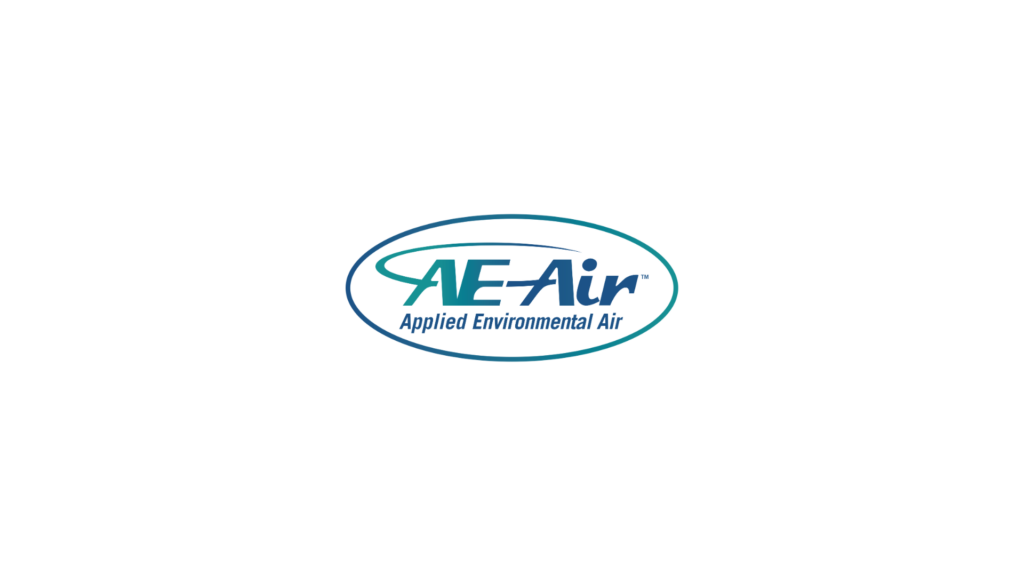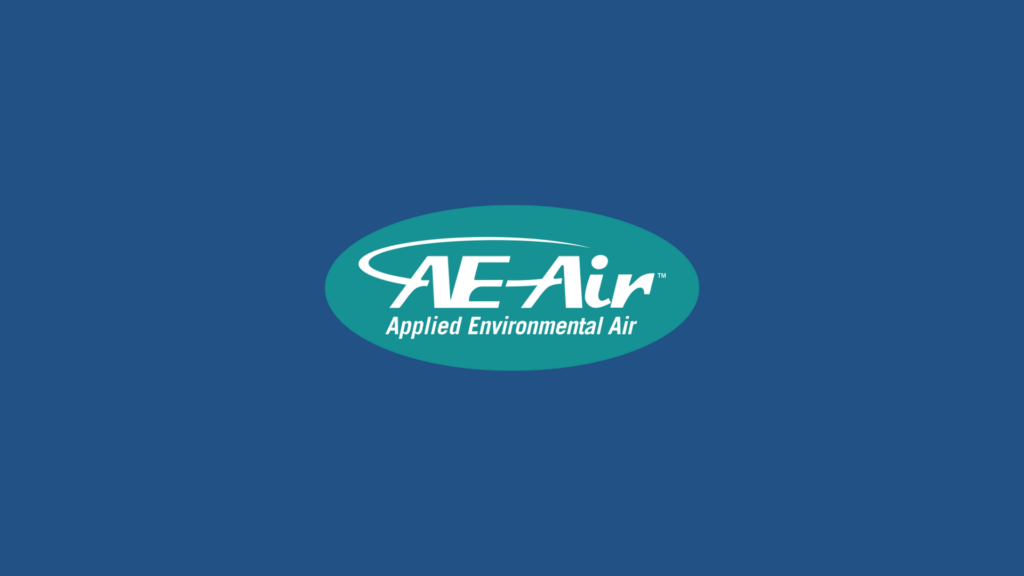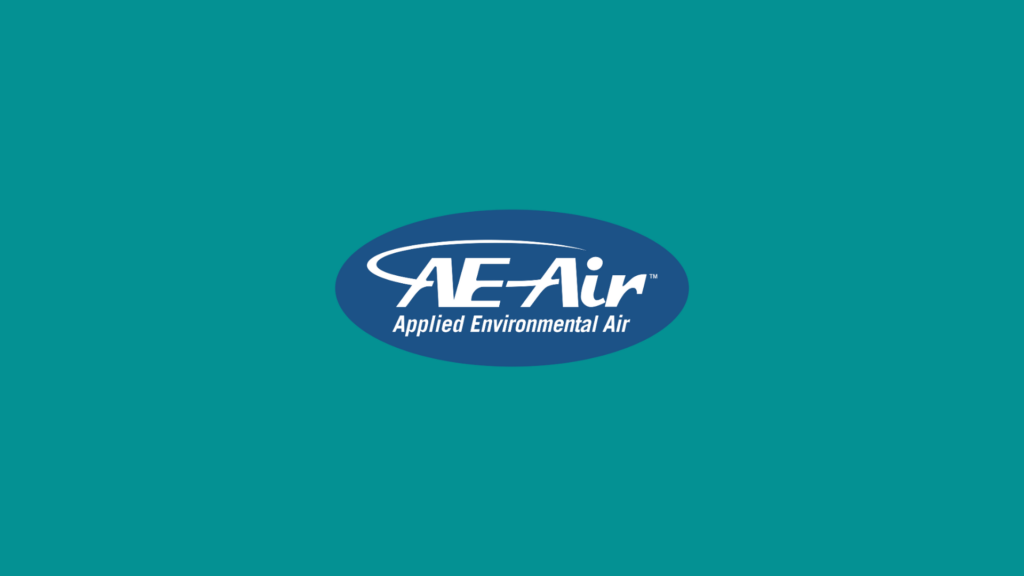Introduction:
Good indoor air quality is essential for everyone, but it’s especially vital for those with allergies or asthma. Pollutants and allergens in your home’s air can worsen symptoms, making it hard to breathe comfortably. This is where a well-maintained HVAC system can make a huge difference. By efficiently filtering and circulating air, HVAC systems can help reduce the presence of harmful particles, offering relief to allergy and asthma sufferers.
HVAC systems don’t just control the temperature in your home; they also play a significant role in maintaining air quality. By using advanced filtration and ventilation techniques, these systems can capture and eliminate many common allergens, such as pollen, dust mites, and pet dander. This helps create a cleaner, healthier indoor environment.
But achieving and maintaining good indoor air quality requires more than just turning on your HVAC system. It involves choosing the right components, such as high-efficiency filters and dehumidifiers, and ensuring regular maintenance. Smart HVAC solutions can further enhance air quality by continuously monitoring and adjusting the system. In this article, we’ll explore how your HVAC system can become a crucial part of managing allergies and asthma, helping you and your family breathe easier.
The Role of HVAC Systems in Air Quality
HVAC systems play a crucial role in filtering and circulating air within your home. They draw in indoor air, filter out pollutants, and then recirculate the clean air back into your living spaces. This continuous cycle helps remove allergens such as pollen, dust, pet dander, and mold spores, making the air healthier to breathe.
Moreover, the importance of indoor air quality cannot be overstated for those with allergies and asthma. Contaminants in the air can trigger symptoms, leading to discomfort and health issues. Clean air reduces these triggers, helping individuals breathe easier and live more comfortably. By maintaining your HVAC system, you create an environment that supports better respiratory health.
Key HVAC Components for Allergy and Asthma Relief
Certain HVAC components are particularly effective in reducing allergens and enhancing air quality. Here are a few key elements:
1. Air Filters:
– HEPA Filters: High-Efficiency Particulate Air (HEPA) filters can capture up to 99.97% of particles as small as 0.3 microns. This makes them ideal for trapping allergens like pollen, dust mites, and pet dander.
– Activated Carbon Filters: These filters are excellent at removing odors and gaseous pollutants. They can adsorb volatile organic compounds (VOCs), making the air cleaner and easier to breathe.
2. UV-C Light Systems: Ultraviolet (UV-C) light systems installed in the HVAC unit kill bacteria, mold, and viruses that might be circulating in the air. This adds an extra layer of protection against pathogens that could worsen asthmatic conditions.
3. Dehumidifiers: Keeping humidity levels in check is essential for preventing mold and dust mites, both of which thrive in humid conditions. Dehumidifiers work by removing excess moisture from the air, maintaining a balanced indoor environment conducive to better health.
4. Regular Maintenance and Cleaning: Regular maintenance of your HVAC system ensures it operates efficiently. Cleaning or replacing filters, checking ductwork for leaks, and servicing components can dramatically improve air quality. This proactive approach prevents the buildup of allergens and keeps your system functioning at its best.
By integrating these components and practices into your HVAC system, you can significantly reduce allergens and create a healthier indoor environment for asthma and allergy sufferers.
Smart HVAC Solutions to Improve Indoor Air Quality
Smart HVAC solutions can significantly improve indoor air quality. These advanced systems use technology to monitor and adjust your home’s environment automatically, helping to manage allergens and maintain optimal conditions.
1. Smart Thermostats: Smart thermostats can adjust temperature settings based on your schedule and preferences. They can also monitor air quality and make adjustments to improve it. Some smart thermostats send alerts when it’s time to change filters or when air quality drops, ensuring that your system is always performing at its best.
2. Zoning Systems: Zoning systems allow you to control the temperature and airflow in different parts of your home independently. This means you can reduce airflow to less-used areas and increase it in spaces where people with allergies or asthma spend the most time. This helps in maintaining cleaner air in key rooms while saving on energy costs.
3. Air Quality Monitoring: Smart HVAC systems often come with built-in air quality monitors that detect pollutants and allergens. These systems can automatically turn on air purifiers, adjust humidity levels, or increase ventilation when poor air quality is detected. This proactive approach helps maintain a consistently healthy indoor environment.
Best Practices for Using HVAC Systems to Manage Allergies and Asthma
Maintaining your HVAC system properly can greatly help manage allergies and asthma. Here are some best practices:
1. Maintain Optimal Humidity Levels: Keeping indoor humidity between 30% and 50% helps prevent the growth of mold and dust mites. Use dehumidifiers if necessary to maintain these levels, especially in damp or humid climates.
2. Filter Replacement and System Upkeep: Regularly replacing HVAC filters is crucial for clean air. Depending on the type of filter, you may need to replace it every 1-3 months. Always follow manufacturer guidelines. Additionally, schedule routine maintenance checks to ensure your system runs efficiently and effectively.
3. Additional Measures: Consider using portable air purifiers, especially in bedrooms and living areas. Ensure proper ventilation by opening windows when weather permits and using exhaust fans in kitchens and bathrooms. Seal any leaks in your home that could allow outdoor allergens to enter.
Conclusion
Using your HVAC system effectively can make a significant difference in managing allergies and asthma. By understanding the critical components and smart solutions available, you can enhance your home’s air quality, providing a safer and more comfortable living environment. Regular maintenance, the use of smart technology, and following best practices for humidity and ventilation all contribute to minimizing allergens and improving overall air quality.
At AE Air, we specialize in creating meticulously engineered HVAC solutions tailored to modern homes. Our systems are designed to integrate seamlessly into your architecture while providing superior environmental control. Contact our HVAC experts today to learn how our advanced HVAC solutions can help you breathe easier and enjoy a healthier home.


